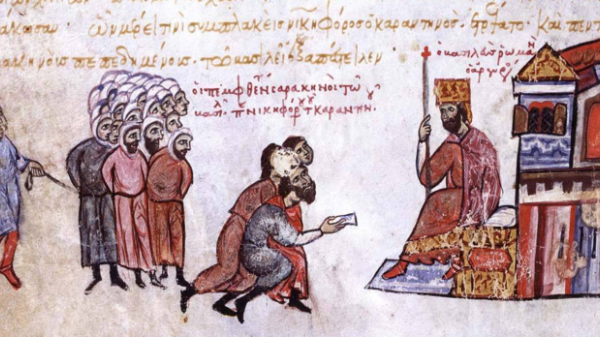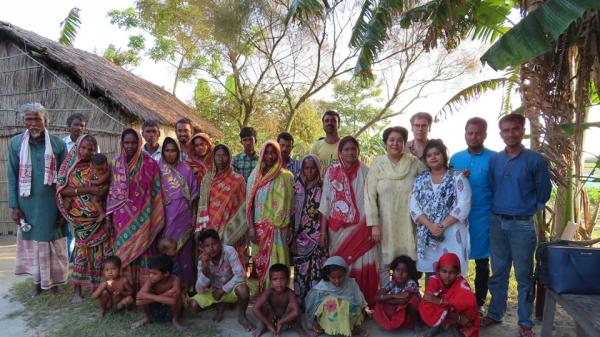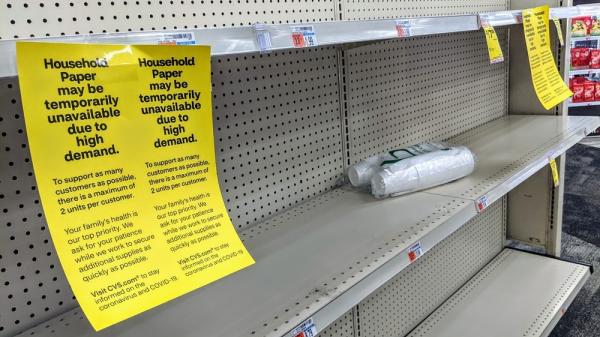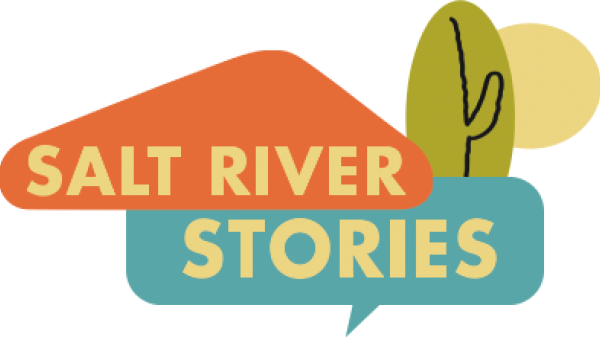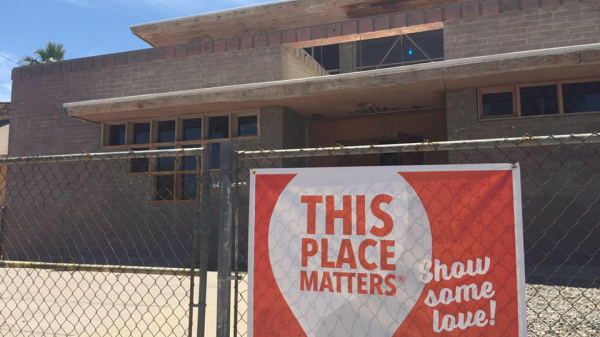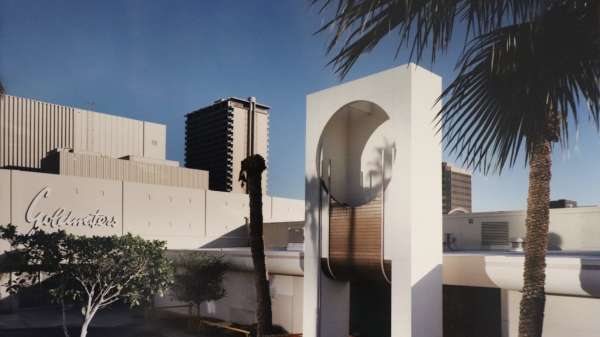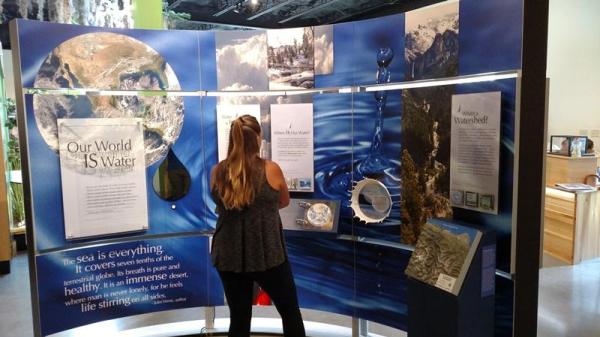Teaching Medieval Slavery and Captivity
Professor Hannah Barker led a collaborative effort by experts in the history of slavery across various disciplines as well as teachers at various educational levels, to create a website that provides pedagogical resources for teaching the global history of slavery and captivity during the medieval period, broadly defined. First and foremost, it offers a set of historical sources (texts, images and audio files) that have been selected and curated by experts in this field. Each source is accompanied by a brief introduction giving cultural context and historical background, a set of discussion questions, suggestions for further reading and a short list of thematic keywords to assist comparison across geographical, temporal and cultural boundaries. In addition, for each region and century, there is a selected bibliography of scholarly works to help teachers present slavery and captivity in an appropriate, historically and culturally specific context. These suggestions for further reading draw on publications in history, religion, anthropology, archaeology, area studies, art history, languages and classics. Finally, the Notes from the Field section presents pedagogical ideas, suggestions and reflections by experienced teachers who have used the website sources in their own classes.
Unfinished Partitions in South Asia and the Making of Miyahs, Biharis, and Christians into Noncitizens
History professor Yasmin Saikia and religious studies associate professor Chad Haines are leading a project funded by the National Endowment for the Humanities to highlight groups in South Asia who are marginalized because of their religious beliefs and cultural backgrounds. Saikia and Haines were awarded $249,952 toward the project "Unfinished Partitions in South Asia and the Making of Miyahs, Biharis, and Christians into Noncitizens.
As they continued to find intersections in their work, they developed "Unfinished Partitions in South Asia and the Making of Miyahs, Biharis, and Christians into Noncitizens" as a way to tell the stories of these communities while highlighting their enduring humanity and engaging the larger academic discussions around vulnerable communities, citizenship and belonging in the postcolonial context of partitioned lives. Their work will interweave humanistic research methods including archival research, oral histories, field observations and ethnographic research to gather firsthand accounts of precarious communities in South Asia. The grant will enable them to travel to India, Pakistan and Bangladesh, complete research and write a co-authored book on their findings.
Journal of the Plague Year: An Archive of Covid-19
A Journal of the Plague Year: An Archive of Covid-19 was initiated by Catherine O’Donnell, Richard Amesbury, and Mark Tebeau in SHPRS. A curatorial collaboration between institutions, organizations and individuals across the globe, this digital and public archive grows every day, collecting in real-time. The digital archive is collecting everything, including written first-person accounts, photographs, videos, audio recordings, screenshots of the news, emails, social media posts and a variety of memes.
Salt River Stories
Students from HST 485: History in the Wild curate the history of the Salt River region through a mobile app that is available on the web and as a native application for mobile phones/devices. Students at ASU have created more than 300 stories about the region’s history and collaborated with the Arizona Historical Society, the Arizona State Office of Historic Preservation, Tempe Preservation Foundation and the Tempe Historical Society, among many different historical agencies and organizations in the community.
Curatescape
Associate Professor of History Mark Tebeau led the development of Curatescape - a mobile platform for curating landscape. It is featured by the National Humanities Alliance as the representative of Arizona in its NEH For All digital showcase. NEH For All is a digital clearinghouse that profiles influential National Endowment for the Humanities projects across the nation, NEH for All articulates how the Endowment benefits a wide range of communities.
Climates of Inequality Exhibit
Associate Professor of History Mark Tebeau collaborated with a group of students and the Arizona Historical Society to create“Climates of Inequality” Exhibit – a national collaborative exhibition developed by Rutgers’ Humanities Action Lab. The exhibit opened in October 2019 at Rutgers-Newark and answers questions such as "Why do your memories of your environment matter in the fight against climate change? And how does a city's history connect to other cities around the world? The multimedia installation follows 500 students, educators and advocates in more than 20 cities as they uncover the history behind environmental justice in their communities. Observers of the exhibit can visit sites of climate crisis and resilience, such as Mexico City, Miami, Newark and New Orleans, through virtual reality, moving testimony and historical imagery.
Beth Hebrew Synagogue
An interdisciplinary team of researchers, graduate and undergraduate students from history, Jewish studies, geography and urban planning and religious studies is investigating the stories encapsulated in Beth Hebrew, a mid-century downtown Phoenix synagogue. These stories begin in Vichy France when Elias and Fred Loewy saved 1500 Jews and non-Jews from Nazi persecution, but their story became local when they helped found Beth Hebrew as the first Orthodox synagogue in Phoenix. In a fast-changing city, a Mexican-American Evangelist Church moved into the building in the 1970s. And in 1983, an African-American theater founded to work towards reconciliation after racial tensions erupted all over the United States found its home in the structure. Recently, Beth Hebrew was rescued from the wrecking ball by Michael Levine, a real estate developer and artist with a passion for historical preservation. With funding from Jewish studies and public history, three graduate and two undergraduate students are conducting archival research with the hope to unearth and publicize these stories of international, national and local implications.
States of Incarceration National Exhibit
States of Incarceration is a project of the Humanities Action Lab, a collaboration between Arizona State University and 29 others led by Rutgers University-Newark, working with issue-based organizations and public spaces to foster public dialogue on social issues, through public humanities projects that explore the histories and current realities of global concerns.
The “States of Incarceration” exhibition includes panels created by students of Assistant Professor of Religious Studies Leah Sarat’s history graduate course, “Incarceration, Immigration and the Borderlands.” The panels — collectively titled “The Cost of Immigrant Detention: How Do Profits Shape Punishment?” — feature Arizona’s Eloy Detention Center, a privately run immigrant detention facility that can hold more than 1,500 men and women at any given time.
This project was made possible in part by the Institute of Museum and Library Services, National Endowment for the Humanities, Whiting Foundation, Open Society Foundations, and Andrew W. Mellon Foundation.
This website provides highlights from States of Incarceration programming at Phoenix's Burton Barr Public Library along with interview clips, videos, and other resources on immigrant detention in Arizona.
Park Central Mall Archival
Researchers from across Arizona State University are coming together to analyze, preserve and revitalize historic materials found during the renovation of Park Central Mall in midtown Phoenix.
The materials found range from old photographs and advertisements to microfilm reels and antique signage, all depicting a mid-century Phoenix in the midst of monumental growth.
The site of Phoenix’s first shopping mall, Park Central Mall is undergoing renovations to revitalize and return the property to its stature as a hub for community gathering. The developers, Peoria-based Plaza Companies, in conjunction with Tucson’s Hoalualoa Companies, discovered the historic materials during the first few days of renovation. Sharon Harper; president and CEO of Plaza Companies, ASU Trustee and co-chair of ASU President's Club; reached out to ASU with the thought of preserving materials.
An interdisciplinary team of ASU researchers from the School of Historical, Philosophical and Religious Studies (SHPRS), the Nexus Digital Research Co-op and ASU Libraries are working together to preserve and share the stories held within these historic pages.
“This is a one-of-a-kind collection of newspaper clippings, photographs, advertisements and ephemera related to Park Central Mall,” said Matthew Delmont, director of the School of Historical, Philosophical and Religious Studies and professor of history. “It is a sort-of time capsule that gives us a glimpse of into Phoenix's cultural history from the 1950s through the 1990s. It is an important collection of everyday history, that reveals where people socialized, what they bought, how they dressed, what they ate and how these styles and tastes changed over the decades.”
The Smithsonian's Water/Ways
Arizona Humanities and the Walton Sustainability Solutions Initiatives and School of Historical, Philosophical and Religious Studies at Arizona State University are pleased to bring to Arizona an exclusive tour of Water/Ways, a traveling Smithsonian exhibition. Twelve venues in rural Arizona communities will host the Water/Ways exhibition beginning in 2018. Water/Ways explores the endless motion of the water cycle, water’s effect on landscape, settlement and migration, and its impact on culture and spirituality. It looks at political and economic efforts to ensure access to water, and explores how human creativity and resourcefulness provide new ways to protect water resources and renew our relationship with the natural environment.
Water/Ways is designed for small-town museums, libraries and cultural organizations; the exhibit will serve as a place to convene community conversations about water’s impact on American culture. With the support and guidance of staff at Arizona Humanities and scholars at Arizona State University, towns will develop complementary exhibits, host public programs and facilitate educational initiatives to raise people’s understanding about what water means culturally, socially and spiritually in their own community.
“All communities in Arizona are biologically and economically dependent upon precious and limited water supplies, yet only rarely do we take time to reflect on what water has meant to us culturally,” said Paul Hirt, Water/Ways State Scholar and History Professor at the School of Historical, Philosophical and Religious Studies. “When we do create interpretive exhibits about water, they are mainly available to urban dwellers with access to museums. Consequently, the Smithsonian’s Museum on Main Street program was designed to make world class exhibits available to smaller communities allowing them explore the relationship between nature and culture with the same richness offered by our urban cultural institutions.”
Water/Ways is part of the Smithsonian’s Think Water Initiative to raise awareness of water as a critical resource for life through exhibitions, educational resources and public programs. The public can participate in the conversation on social media at #thinkWater and #waterwaysAZ. Water/Ways is part of Museum on Main Street, a collaboration between the Smithsonian Institution and state humanities councils. Support for Museum on Main Street has been provided by the United States Congress.

